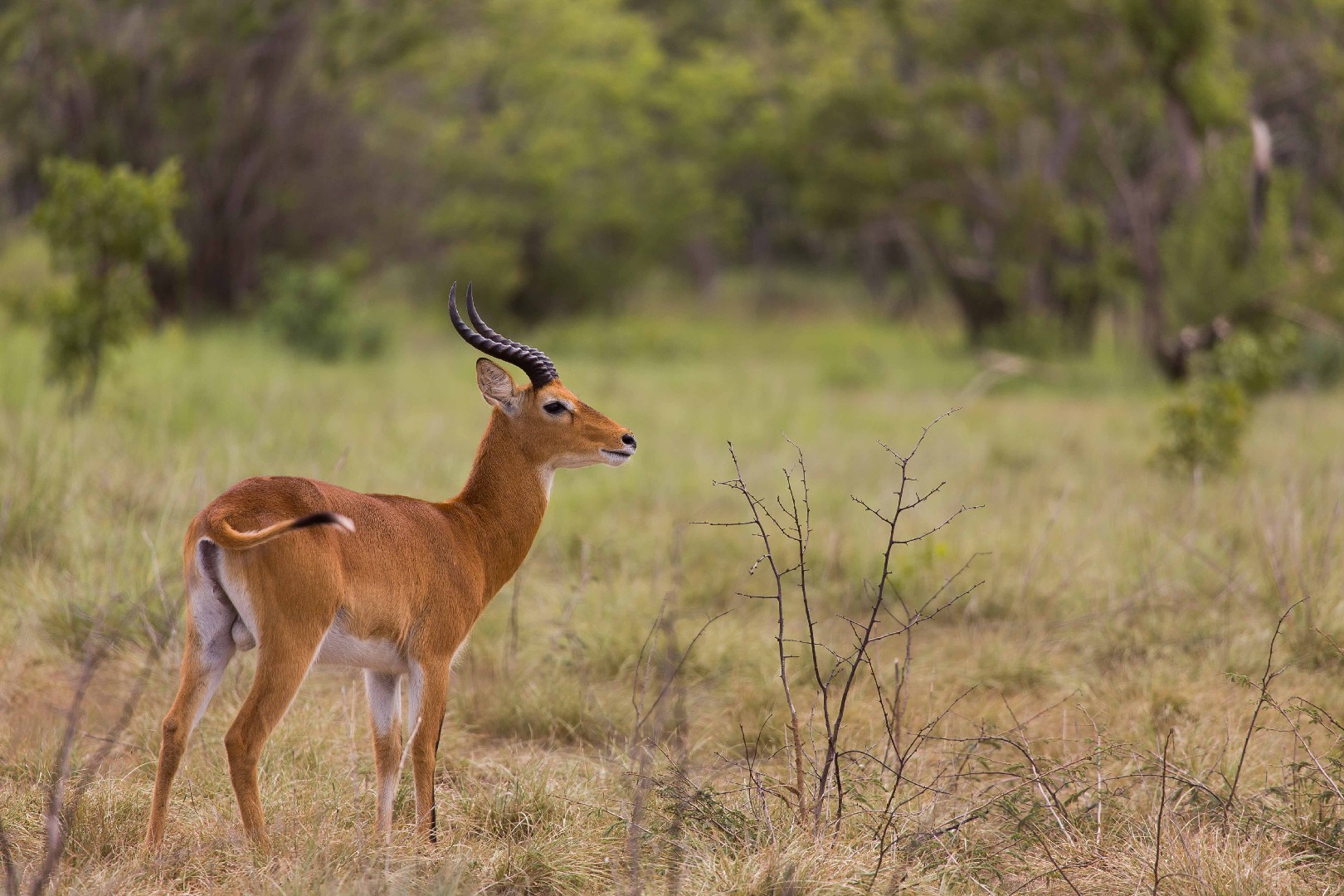Kob
A species of Kobs, Also known as Buffon's kob, White-eared kob Scientific name : Kobus kob Genus : Kobs
Kob, A species of Kobs
Also known as:
Buffon's kob, White-eared kob
Scientific name: Kobus kob
Genus: Kobs
Content
Description General Info
 Photo By ETF89 , used under CC-BY-SA-4.0 /Cropped and compressed from original
Photo By ETF89 , used under CC-BY-SA-4.0 /Cropped and compressed from original Description
The kob resembles the impala but is more heavily built. However, males are more robust than females and have horns. Males have shoulder heights of 90–100 cm (3.0–3.3 ft) and an average weight of 94 kg (207 lb). Females have shoulder heights of 82–92 cm (2.69–3.02 ft) and weigh on average 63 kg (139 lb). The pelage of the kob is typically golden to reddish-brown overall, but with the throat patch, eye ring, and inner ear being white, and the forelegs being black at the front. Males get darker as they get older. Those of the white-eared kob (K. k. leucotis), which is found in the Sudd region (the easternmost part of their range), are strikingly different and overall dark, rather similar to the male Nile lechwe, though with a white throat and no pale patch from the nape to the shoulder. Both sexes have well-developed inguinal glands that secrete a yellow, waxy substance, as well as preorbital glands. 
General Info
Lifespan
10-17 years
Diet
Kob predominantly consumes grass, with a preference for short and fresh green grass during rainy seasons. It also consumes herbs, leaves, and aquatic plants, but only occasionally.
Appearance
The Kobus kob is an antelope of medium size with a strong, robust body covered in short smooth fur. It exhibits a reddish-brown to chocolate coloration, with the belly and inner legs in stark contrast with their white hue. Notably, males feature prominent horns that arch forward. Male kobs are darker and larger than females, while the young have a lighter coloration, gradually darkening with age.
Behavior
Kob are dynamic herd animals, exhibiting social tendencies with a matriarchal structure. Distinctive for its 'lekking' behavior, males display collective courtship, expending energy in aggressive dances and fights for prospective mates. Adapted to a semi-aquatic life, kob can be frequently spotted grazing on grasses near water sources, with deft swimming abilities aiding in evasion from predators.
Population
Decreasing